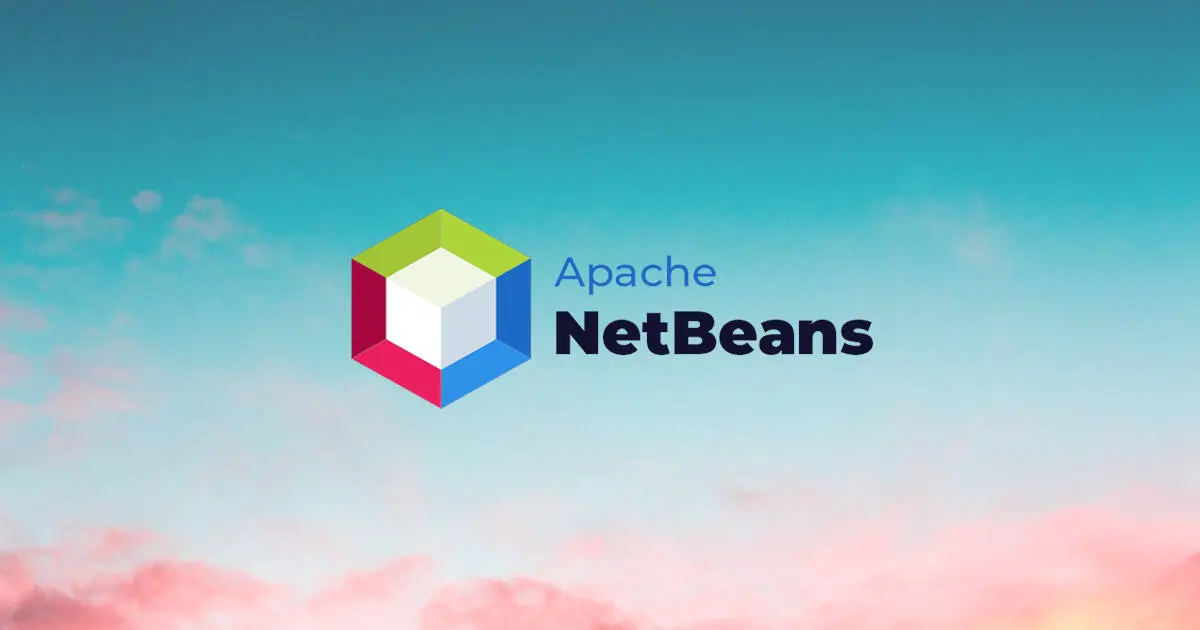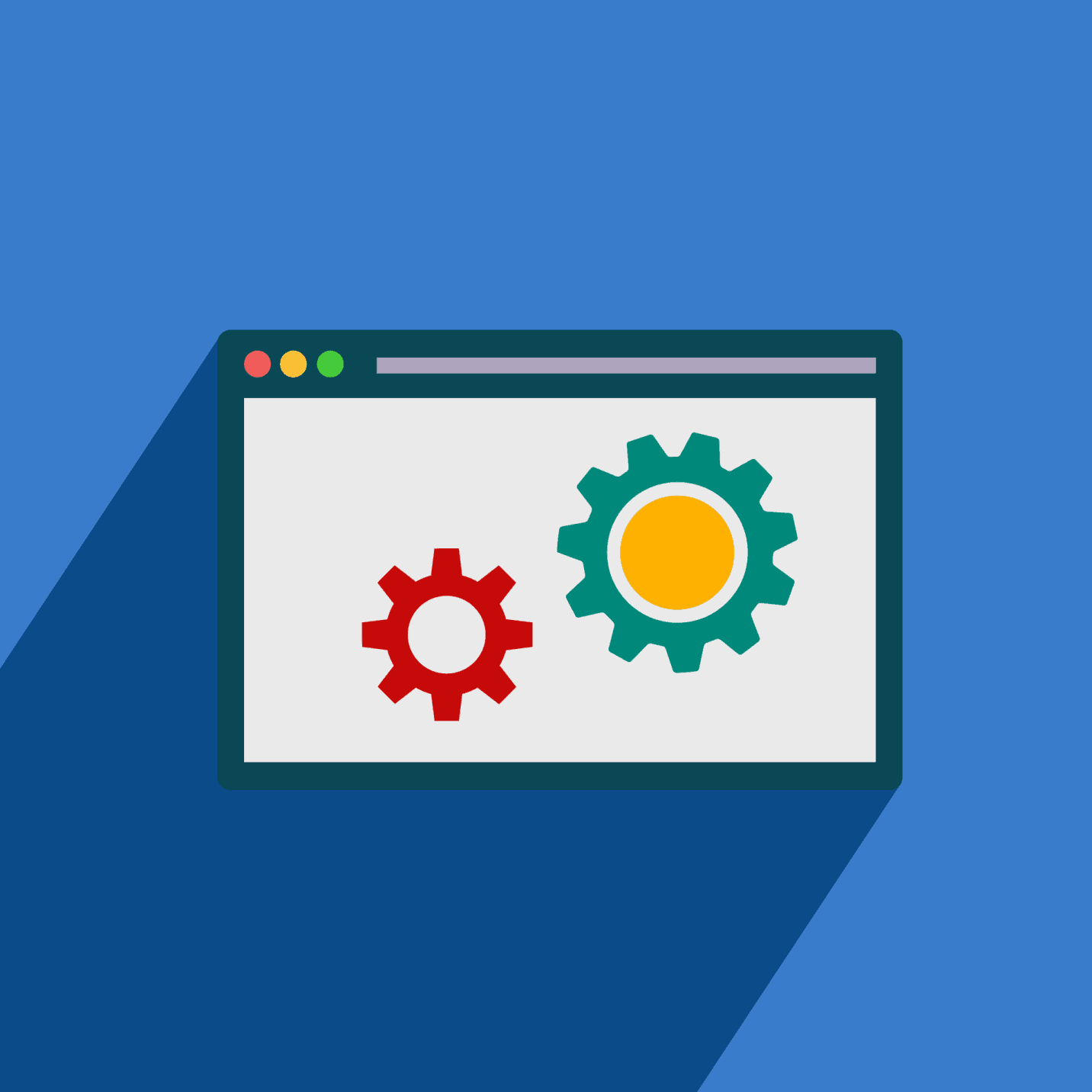How to use RSS: How many tabs do you have open on your browser right now? If it’s more than ten, perhaps you need to really step back for a second and analyze the situation for a bit. A cluttered browser is detrimental to your workflow process and maintains a constant state of stress as you’re debating what to read next. So, for those who see themselves in this description, it might be time to consider RSS as your content management tool.

What is RSS?
You’d be forgiven if the mention of RSS elicits head-scratching and a vague memory. The Internet has largely moved on from RSS, but that doesn’t mean it has no place in your digital toolbox.
RSS is short for ‘reastraightforwardndication’ though some call it ‘rich site summary. Both cut to the core of the technology, so it doesn’t matter what you call it. RSS was used back in the day (when everyone and their mother had a blog) to assist Internet users digesting content. RSS syndicated content from other publications to a single source as a list of headlines with little text snippets. It’s a simple concept (it’s in the name), and RSS has stuck ever since, even if not front and center as before.
You may also like An Entrepreneurial Guide for E-commerce Development
How to take advantage of the RSS technology?
RSS optimizes your time online and structures your reading. It’s astounding what a big difference a few subtle changes to your content consumption make. RSS eliminates the necessity of visiting a roster of sites manually and reduces articles and news to thumbnails. Say goodbye to tiresome scrolling, and enjoy real-time syndication of content, which is far superior to constantly revisiting the same websites.
How to use RSS?
End users cannot read RSS without subscribing to them first via a third-party client because RSS files are programmed in XML and incorporated into the site’s HTML. The third-party client (the RSS reader) crawls sites for any new updates and refreshes the feed on the user’s end.
Subscribing to a website’s RSS is simple enough. There can be orange buttons labeled RSS at the top of the landing page or next to the URL. Blogs install add-ons at the end of each post, which does the same job. Sometimes there’s no visible indication, and you can subscribe to a site through your Feed reader of choice.
RSS feeds and RSS feed readers
We’ve mentioned both RSS feeds and RSS readers, but let’s give these terms proper definitions.
RSS feeds The online XML file found within a site’s code, which contains the most important details like the title, link, and short snippet of every piece of content that’s ever been published. Feeds are updated automatically as soon as a new post is published.
RSS readers: The third-party clients that convert XML files into information end users can read. Readers come in a variety of services and platforms. There are web-first readers and also apps. Some apps are multi-platforms. Others support only Android or Apple.
You may also like 4 Data Security Solutions Every Business Needs
How to boost your productivity with RSS?
RSS challenges your reading habits and changes your overall relationship with information channels by giving you full reign over how information is delivered to you.
You’re adding an element of curation to your content consumption. Sifting through sources for the most relevant content bears fruitful advantages.
Always keep track of your blog and news sources.
At its heart, RSS wants you to stay informed at your own pace. Convenience is the sole reason it exists in the first place, as you can combine all the blogs and news sites you frequent into just one feed. It’s easier to operate online when you have a single tab open on your browser. The real-time sync creates a trickle effect of new posts as your sites are updated.
Sort and receive only relevant information
We’re getting into the curation aspect. Modern RSS readers come with built-in functionalities for organization and archiving so that you can break the general feed into specific subtopics, and custom folders and even filter out topics that you don’t enjoy. Yes, it takes a little time to fiddle with the settings, but finding what you need is a breeze once done.
Get all your newsletters in one place.
I love newsletters, but only in theory. We always have our email open during work hours, so it’s a no-brainer to have new posts and promotions, and alerts arrive in one place. However, my inbox is unmanageable in practice, and I end up deleting the bulk of the newsletters I receive. Feed readers offer an alternative – receive newsletters in your feed so you can have your inbox only for the emails that matter.
You may also like The Implementation Of Smart Farming Strategies & Tools Through SaaS-Based Agriculture
Discover new content and trends
The brunt of having to research new content and useful websites falls squarely on the user, and it’s a menial, time-consuming task. Readers automate the process based on your preferences and the feeds you already follow. Search and discovery are key features for a lot of readers. Take Inoreader’s Sort by Magic, for example, which hones in on articles tailored for you based on articles you’ve already read.
Get ahead with monitoring what you care for
Sometimes, you need to follow a specific person on Twitter or another social media platform. Readers have the capability to incorporate single profile feeds. Are you job hunting? Follow job postings. Are you in charge of social monitoring? You can follow Google Alerts directly through your feed reader.
Take advantage of the automation options.
Readers are in constant competition to outdo each other, and as a result, you only win with the sheer volume of automated functions available. For example, you can regulate the frequency of feed updates, create social media posts automatically and craft internal newsletters for your coworkers.
Would you like to read more about How to use RSS-related articles? If so, we invite you to take a look at our other tech topics before you leave!










